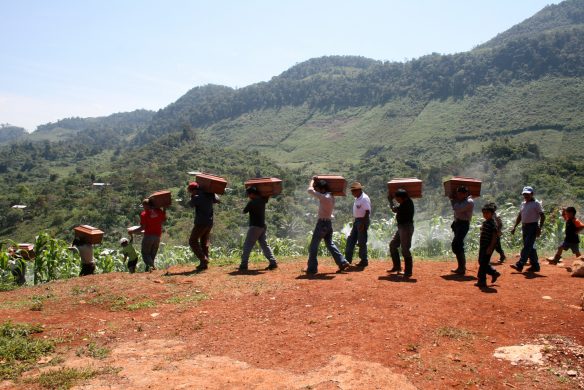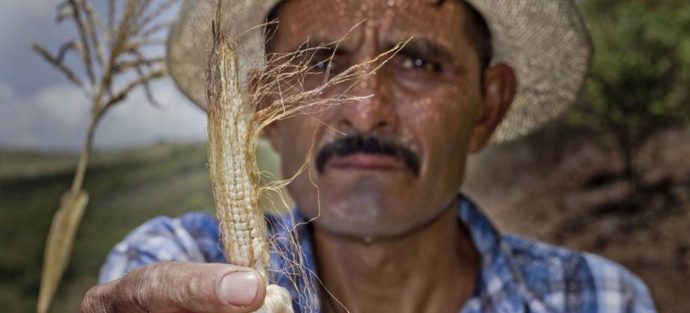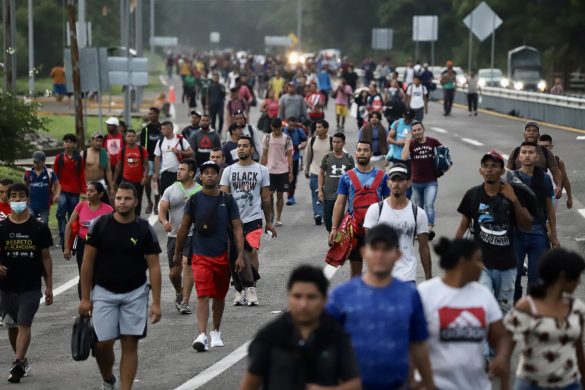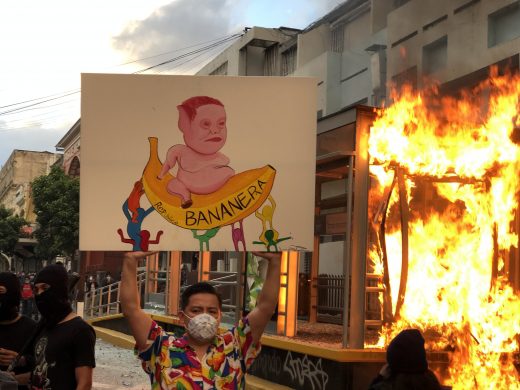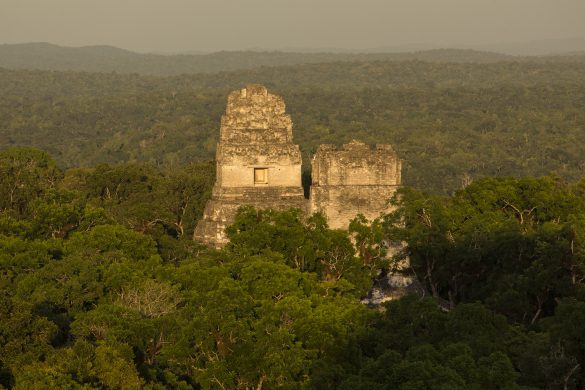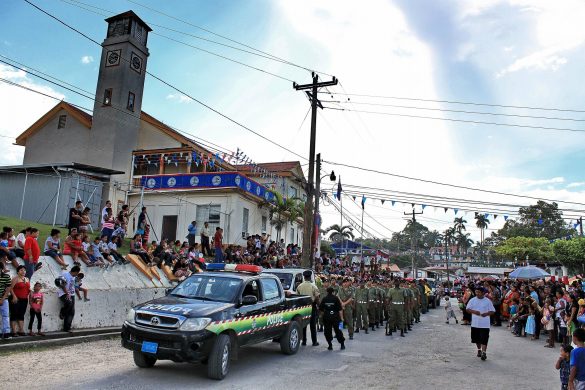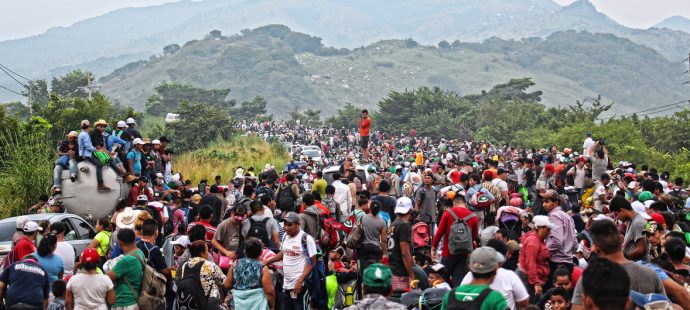GUATEMALA CITY, March 10, 2017 (PADF): The Pan American Development Foundation (PADF) is working with faculty and students at George Washington University (GWU) to bring digital mapping tools to vulnerable communities in Guatemala.
The goal is to make life-saving information available to community planners, humanitarian aid workers and residents.
PADF is carrying out this work as a member of the global initiative called Missing Maps, which aims to improve disaster preparation and the delivery of humanitarian assistance by mapping the world’s most vulnerable places.
The Municipality of Mixco, Guatemala has vast areas of densely populated settlements located along steep hillsides that often lack adequate roadways, storm drainage, retaining walls or evacuation routes.
These conditions make residents especially vulnerable during floods, landslides and other disasters.
A team from PADF and GWU will travel to Guatemala this week to teach students from Rafael Landivar University how to use mobile phone-based survey tools to collect information on household vulnerability, infrastructure and disaster preparedness.
PADF is also using drones to capture high-resolution images of communities that can improve the identification of at-risk areas and facilitate the distribution of aid in a disaster.
The Humanitarian Information Unit at the U.S. Department of State has supported these efforts by supplying additional high-resolution satellite imagery of targeted areas that are especially vulnerable to landslides.
Teknologien skal ud til græsrødderne
“By putting open-data mapping technologies into the hands of local students, researchers and members of these communities themselves, we are building grassroots capacity,” says Aaron Van Alstine, Senior Programs Manager at PADF.
“We’re empowering communities to take a leading role in preparing for disasters.”
High population density, deforestation and land degradation make Guatemala one of the most disaster-prone countries in the world. Storms, landslides and floods were responsible for more than 90 percent of disaster-related fatalities in the country between 1990 and 2014.
“Many informal urban communities are literally not on the map, so planners ignore them or when emergencies happen they are hard to assist,” says Dr. Marie Price, Professor of Geography and International Affairs at George Washington University.
“Mapping improves our understanding of life threatening conditions and identifies the households that face the greatest risk.”
Styrkelse af lokalsamfundene
Dr. Nuala Cowan, Assistant Professor of Geographic Information Systems (GIS) at George Washington University, supervises the pro-bono consultancy services that two GW students currently provide to PADF as part of their graduate program.
Geography students Andrii Berdnyk and Sudie Brown will join Dr. Price and Dr. Cowan in Guatemala where they will conduct field assessments and trainings with local communities to improve the use of mapping tools for reducing vulnerability to disasters.
“Residents need to be part of the decision-making process where their welfare is concerned,” says Dr. Cowan.
“Training on accessible technologies, understanding and mapping the risks in their own communities, increases local confidence, awareness and bargaining power from a community perspective.”
PADF is currently implementing a disaster risk reduction project in Guatemala funded by Taiwan and is expected to facilitate the identification of communities most vulnerable to natural hazards, especially floods and landslides.
In addition to training disaster-response teams and implementing small-scale infrastructure projects, PADF is organizing a series of mapathons that bring together volunteers from around the world to trace buildings, roads and other geographic information in Guatemala using satellite imagery.
Once collected, this data is stored online and made freely available to the public, including humanitarian assistance organizations and other local groups.
For more information, visit www.padf.org/mapping.



